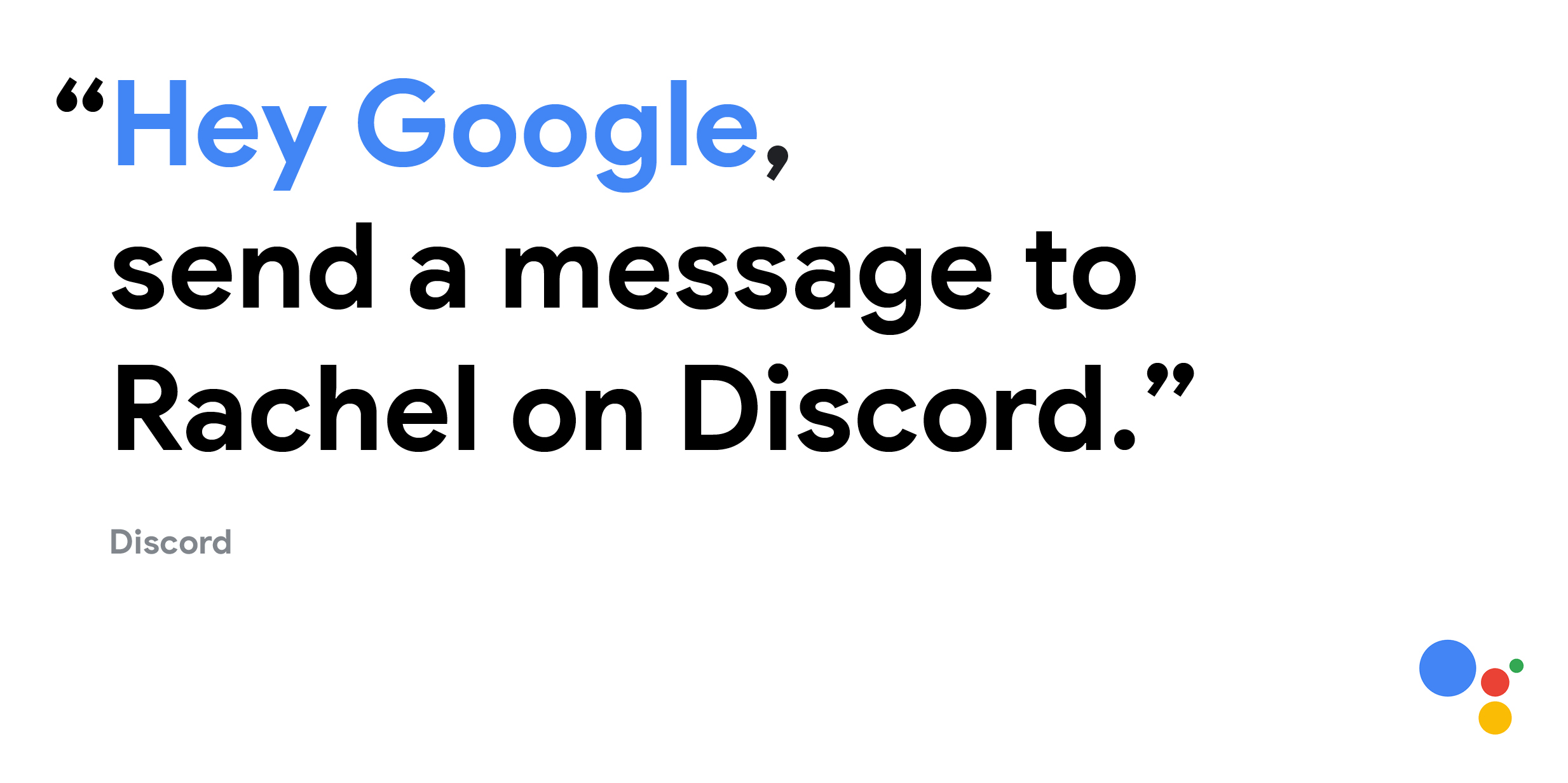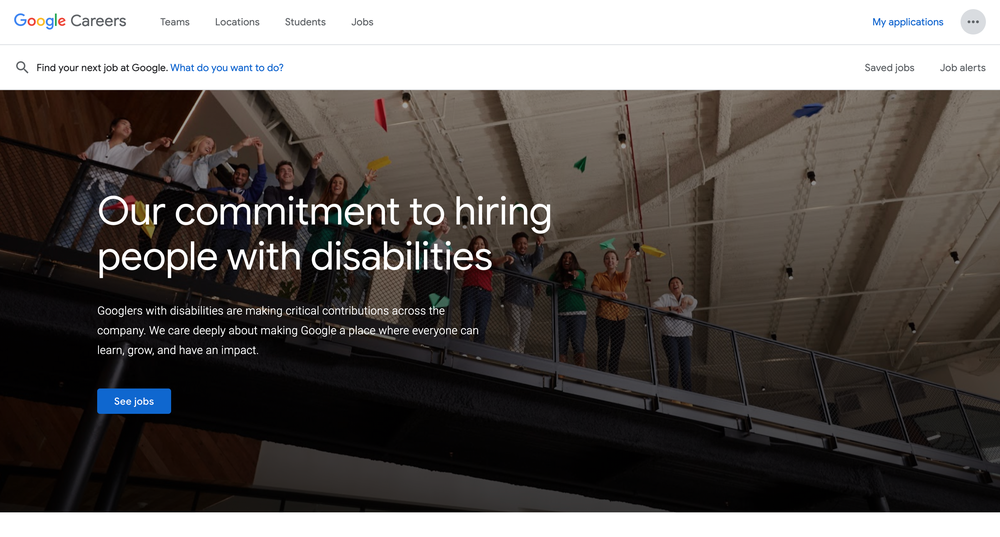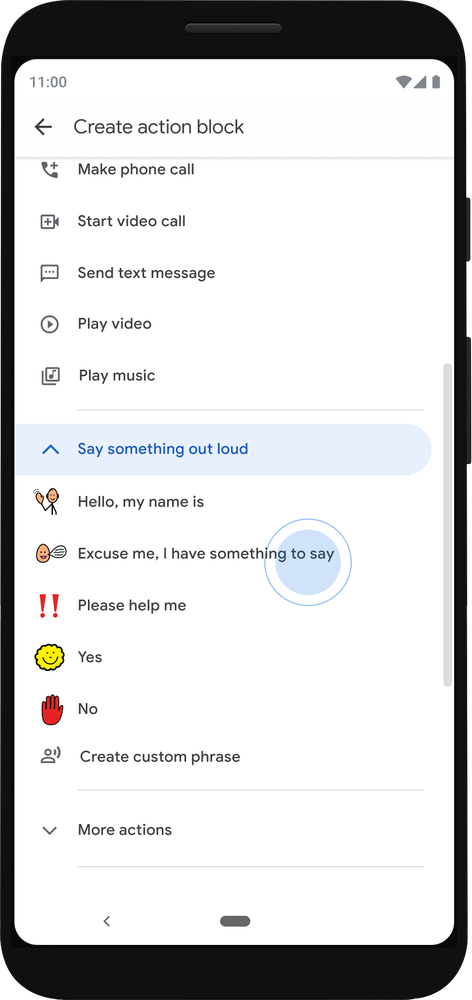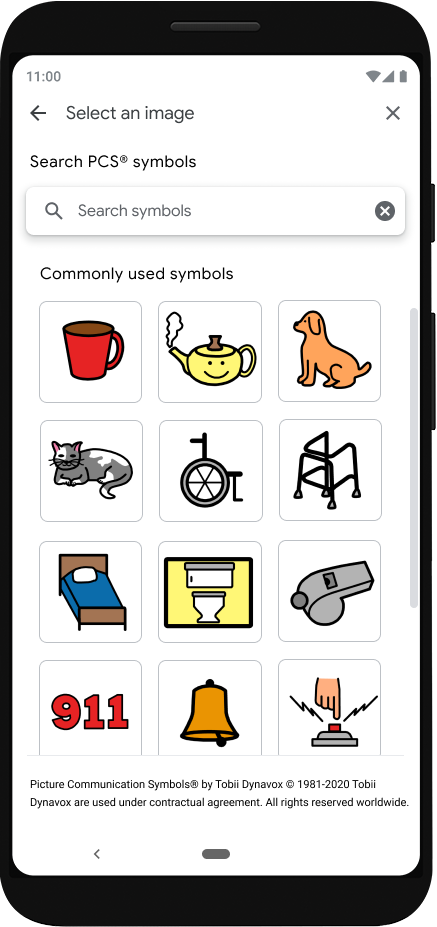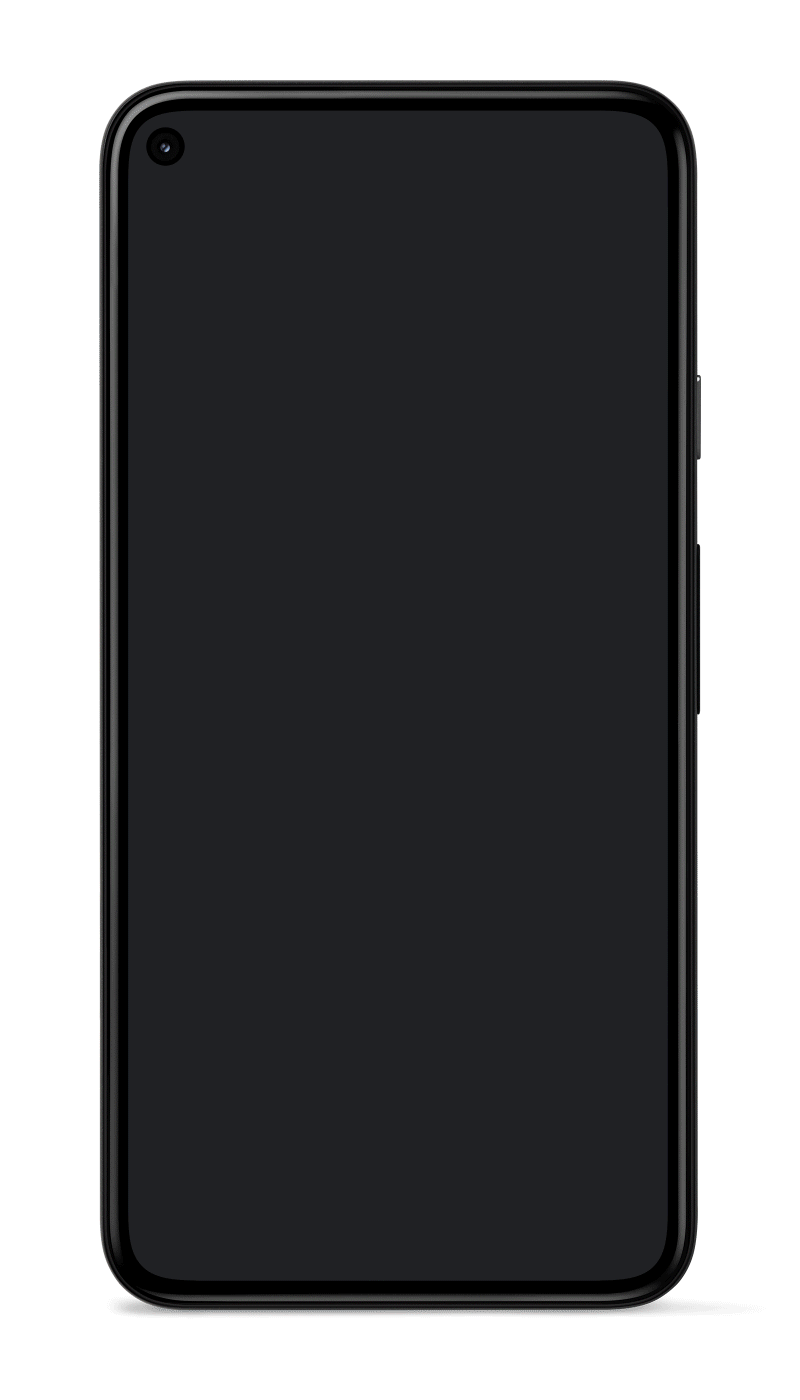Appliances beeping. Water running. Dogs barking. These are all sounds that are meant to grab your attention when something important is happening. But, if you have hearing loss or are wearing headphones, these sounds might not be able to draw your attention like they’re intended to.
Sound Notifications is a new feature on Android that provides push notifications for critical sounds around you. Designed for the estimated 466 million people in the world with hearing loss, Sound Notifications makes important and critical household sounds more accessible with push notifications, a flash from your camera light, or vibrations on your Android phone. This feature can also be helpful if someone is unable to hear temporarily as a result of an injury, wearing earplugs or headphones.
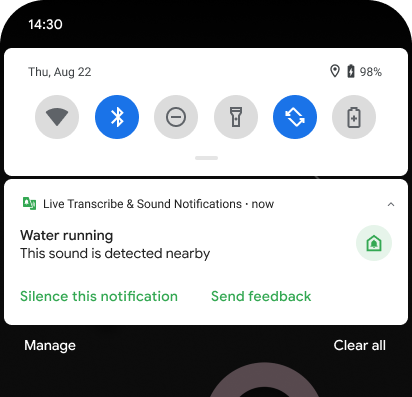
Receive real-time push notifications of critical sounds around you.
Sound Notifications works with other devices, including Wear OS by Google smartwatches. You can get text notifications with vibrations on your wrist when there is important noise detected by your phone. That way you can continue to get alerts about critical sounds even when you are asleep, a concern shared by many in the deaf and hard of hearing community.
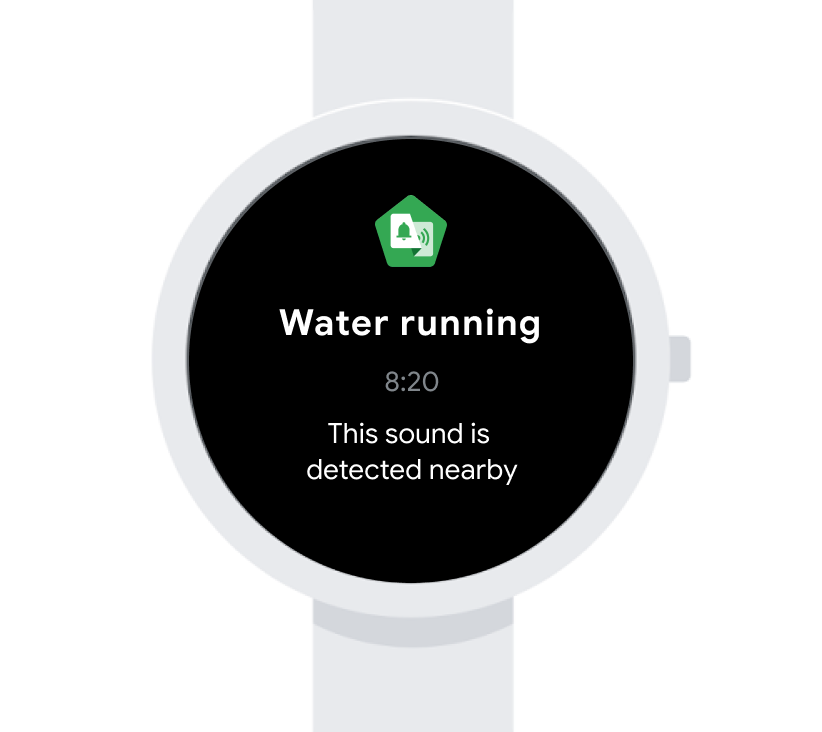
Receive critical sound notifications on other devices, including Wear OS by Google smartwatches.
Developed with machine learning, Sound Notifications works completely offline and uses your phone's microphone to recognize ten different noises—including baby sounds, water running, smoke and fire alarms, appliances beeping and door knocking. This expands our sound detection work in Live Transcribe which shows over 30 sound events alongside real time captions, to provide a better picture of overall sound awareness.
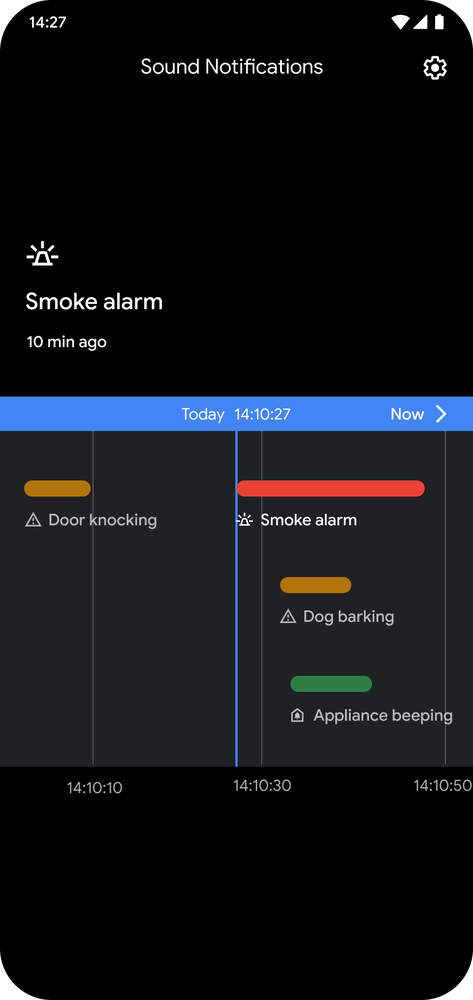
Use Timeline view to scroll through a snapshot of detected sounds from the past few hours.
While we can notify you about baby sounds or dog barking, it often helps to know more about the preceding events that might have caused that disturbance. With the Timeline view, you can scroll through a brief snapshot of detected sounds from the past few hours. This shows when and how long the sound occurred to get a better sense of the sound’s importance. So if the dog has been barking because of a siren heard before that for 10 minutes, you can see that.
To start using Sound Notifications, go into Settings, then the Accessibility menu and enable Sound Notifications. If you don’t see this option on your phone, you can download both Live Transcribe and Sound Notifications from Google Play, then go to your settings and turn on Sound Notifications. To learn more about using Sound Notifications, visit the help center.
